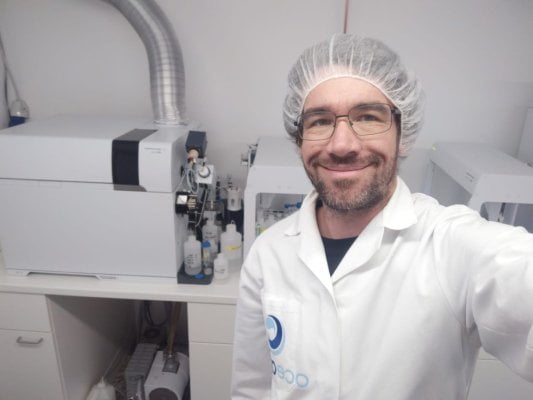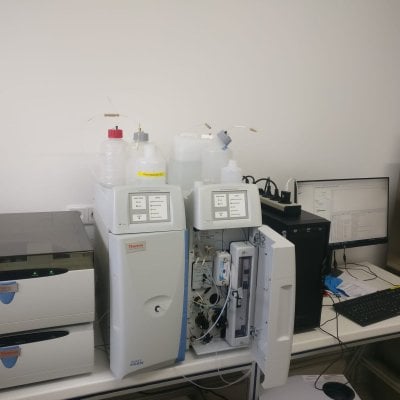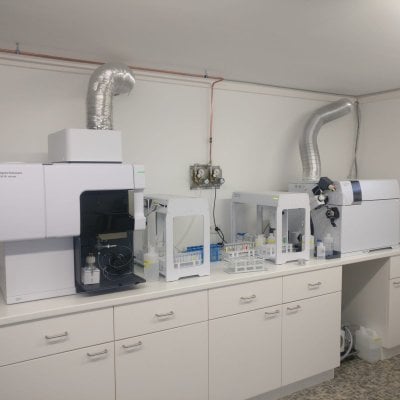Rick Mathew
Valuable Member
View BadgesPartner Member 2024
Excellence Award
Article Contributor
Hospitality Award
Ocala Reef Club Member
Thank you Christopher for getting back so quickly. Would these be similar to the NIST traceable standards that are sold as either single element or multi-element standards?Hello Rick,
almost. Its not a calibration standard, its a certified reference material (CRM). The CRM is provided from an outside source with clearly defined parameters of those trace elements. It is not used for calibration, but for internal quality control.
You can think of it as a sample that we are measuring every time we are turning on the ICP-MS to measure customer samples. The 18 points represent measured values of those elements at consecutive measurement-days from late May up until now (we are not measuring daily). I did not skip a single measurement-day.
I will get back to all other questions in this thread as soon as i am having a little more time. This one was quick to answer ;-)
All the best,
Christoph
So your procedure calls for you to measure the CRM so as to insure the instrument is measuring that same sample with the acceptable accuracy and precision for the selected elements and if it does not then you make the necessary adjustments (re-calibrate or something)...
























